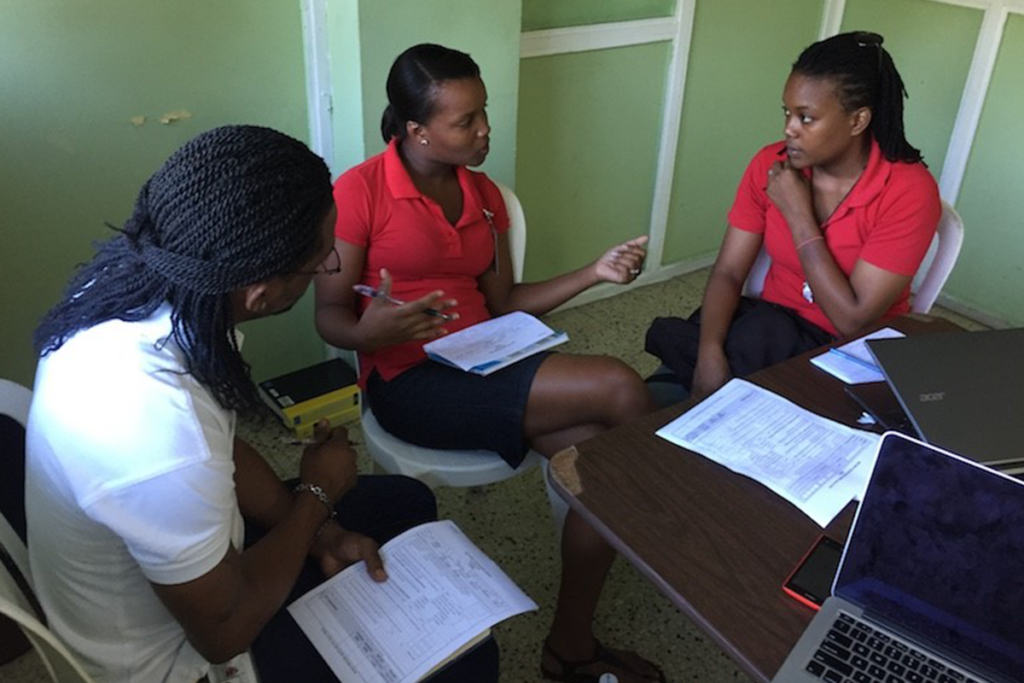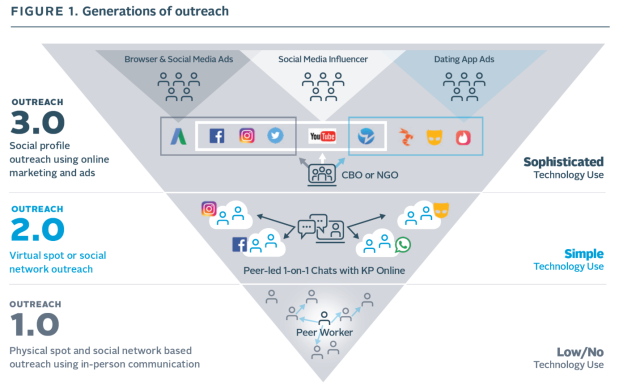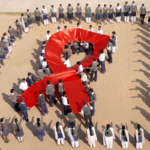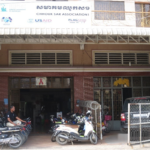This post originally appeared on the LINKAGES project blog.
In Jamaica, men who have sex with men (MSM) and transgender women have shifted their social interaction from meeting in favorite gathering spots to making anonymous virtual connections though social media and dating platforms. These changes have made it more difficult for peer navigators from civil society organizations (CSOs) that provide HIV testing services and counseling to MSM and trans women to tap into these networks.
But now, through a strategy known as “Outreach 2.0” (or the second generation of outreach), outreach workers can identify and engage with key population members online. See figure 1 below for a reference to LINKAGES’ “3 generations of outreach” to key populations. The primary objective of Jamaica’s Outreach 2.0 model is to share information and build trust with MSM and trans women online so they will participate in the offline experience of testing or treatment services.
The USAID- and PEPFAR-supported LINKAGES project is supporting the National Family Planning Board and CSO partners to build the outreach workers’ capacity to identify key populations online and appropriately link them to services.
In the Jamaica model, HIV-related content – such as ads, memes and videos promoting HIV testing – is developed and distributed across social media platforms like Facebook, Instagram and Twitter. The primary target audience is MSM and transgender people that include users like Jim and Ricky.* Members of the general population in need of HIV services are a secondary audience.
Users who “like,” “fav,” “comment,” “retweet” or “share” content are said to have interacted with the project’s HIV material. Each action counts as one interaction. For example, if Ricky likes, comments and then shares a meme that was originally posted by the HIV program on Facebook, he has interacted with the material on three counts. This measurement is useful in determining the impact and reach of materials shared online and constitutes the Online Clicks (ON_CLICK) indicator.
Ricky’s sharing of a meme may have motivated his friend Jim to initiate a conversation with an outreach worker based on the embedded information (passive outreach). Outreach workers use such instances to apply customized messaging to each client-scenario and try to establish trust so that the client may be motivated to move offline to access services. These individual engagements count towards the Online Engagement (ON_GAGE) indicator. If an outreach worker initiates a conversation with either Jim or Ricky (active outreach) on say, a dating app, it would also count towards the ON_GAGE indicator.
Building trust online requires dedicated time and effort. Once a client is engaged online by the outreach worker, it usually takes more than one online conversation to convince the client to come to a physical site. During these online conversations, the outreach worker talks with the client about a variety of topics, including relationships, sexual risk taking, STI and HIV prevention and discusses the importance of HIV testing. Having several conversations on these topics allows for the client and outreach worker to get to know one another. In an environment like Jamaica where key populations experience stigma, discrimination and violence, this relationship building is an integral factor for key population members who are asked to meet in person for referrals for testing and prevention services. The better the relationship, the more likely the client is willing to meet at a physical site. The number of people who show up at a physical site to access services compared to the number engaged online in a given period is the conversion rate. At a physical site, clients are asked to indicate if their motivation was from online outreach. If so, they are counted under Key Population Prevention Link (KP_PREV_LINK), and the services they receive are reflected in reports on the original PEPFAR indicators.
In some instances, key population members may already know their HIV status and for several reasons may not have been initiated on antiretroviral therapy (ART) or discontinued their treatment. Motivational messaging and outreach may inspire them to resume or become linked to treatment. When these clients present at treatment sites, they are counted in the LINKAGES Jamaica custom indicators, Treatment Return Link (TX_RTN_LINK) or Treatment New Link (TX_NEW_LINK).
Data from our first sub-awardee has shown a steady increase in the indicator numbers since starting online outreach in December 2017. Interaction with online posts from the HIV campaign (ON_CLICK) have increased substantially, from eight interactions initially to a total of 4,944 interactions by July 2018, surpassing their target. A total of 592 individuals were engaged in conversations with an Online Outreach Worker (ON_GAGE). Of those, 205 people presented at the physical site or met with an outreach worker in person (KP_PREV_LINK). To date, 51 key population members have been tested and received their results’ and, of these, 5 were reactive and linked to care.
Currently, technical assistance is being provided to Eastern Caribbean partners for the implementation of online outreach. LINKAGES Jamaica has expanded online outreach to an additional CSO which will include the recruitment of transgender individuals. In addition, training on this approach with government partners will be held during Q4 2018 to encourage its adoption into the national HIV program.
*Fictional characters
Photo caption: Peer navigators in Jamaica
Photo credit: LINKAGES Jamaica




